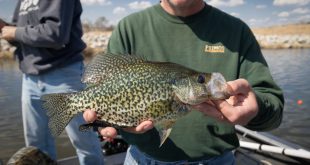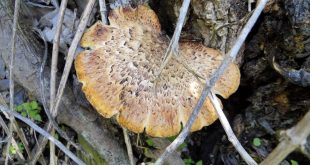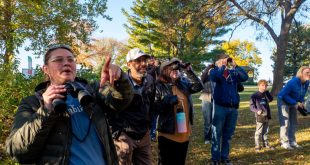The new lodging facility blends the best of old and new.
Fort Robinson State Park near Crawford is gearing up to celebrate its reconstruction of an 1891 Officers Quarters, a duplex-style lodge that combines historical features with modern amenities.
The public grand opening and dedication will be Saturday, May 2, at 10:30 a.m. MDT near the new building. The short ceremony will be followed by tours of the building.
“We are certainly proud to be adding this beautiful, modern facility to Fort Robinson State Park, making one of our premier destinations even more attractive,” said Jim Douglas, director of the Game and Parks Commission. “It will be a great place for families and groups to stay while enjoying the wealth of activities offered at the park and the Pine Ridge region.”
The dedication event will pay special acknowledgment to the late Don and Olive Forney of Rushville, lifetime residents of northwestern Nebraska who were ardent supporters of the region — including its wildlife, parks and natural resources. The Forney family, along with friends of Don and Olive, provided significant financial contributions for the $1.7 million building. Nearly 75 percent of the project’s costs are coming from private donations through the Nebraska Game and Parks Foundation.
The new building has been erected at its original footprint on the northwestern corner of the park’s central complex, complementing the other historical lodging facilities along the horseshoe-shaped drive and standing within an uninterrupted view of the scenic Red Cloud Buttes and the park’s parade grounds. Each of the duplex’s two sections will sleep 16 people, complete with a sitting area, gas fireplace and a full kitchen.
Mike Morava, park superintendent, said the new building will offer modern comforts in a historical setting. In addition, unlike the original structure, it will comply with the Americans with Disabilities Act.
Attention to detail has made the building’s exterior appear nearly identical to the original two-story frame structure, including portions of ornamental siding and decorative brick-work on the chimneys.
The original building was one of five two-story officers quarters and a commander’s residence added to the fort with standard army plans during an expansion in 1891, along with many other buildings. Each of the five was a duplex with 2,300 square feet of living space on each side, housing the families of two U.S. Cavalry officers. This particular structure, along with about 50 other frame buildings, was demolished in 1956 following the fort’s heyday as a military installation and prior to its transformation to a state park. Similar to other buildings at Fort Robinson, especially frame structures, the officers’ quarters had been deemed unnecessary, dilapidated and too costly to maintain for the USDA’s beef research station that began operation on the grounds in 1948.
Because all the buildings from the 1891 construction period have been torn down, the new building will represent an era of architecture that had been lost at the fort. And, in contrast to the dilapidated buildings that were razed, park officials say the new building will be one of the park’s shining assets and a lasting legacy to those who made it happen.
“We expect this lodge to be highly popular among our visitors,” Morava said. “It’s a great addition to our other lodging facilities and will stand as a tribute to Don and Olive Forney and the people who made this project a reality.”
In addition to the new building, the 22,000-acre state park offers 35 other cabins and 22 lodge rooms. It also has 125 campsites, 100 of which have electricity.
 Nebraskaland Magazine
Nebraskaland Magazine



